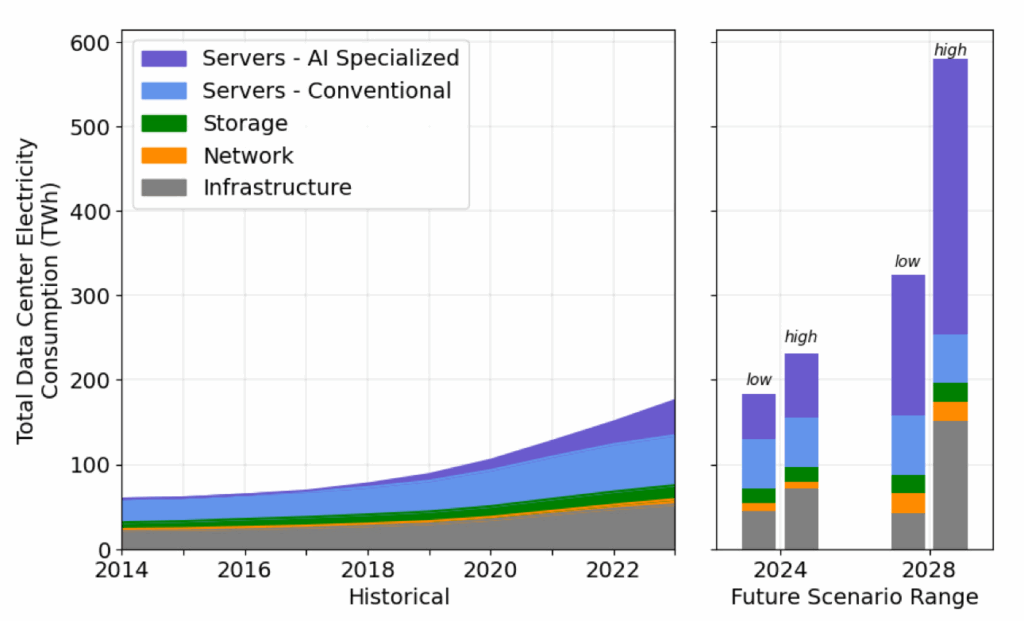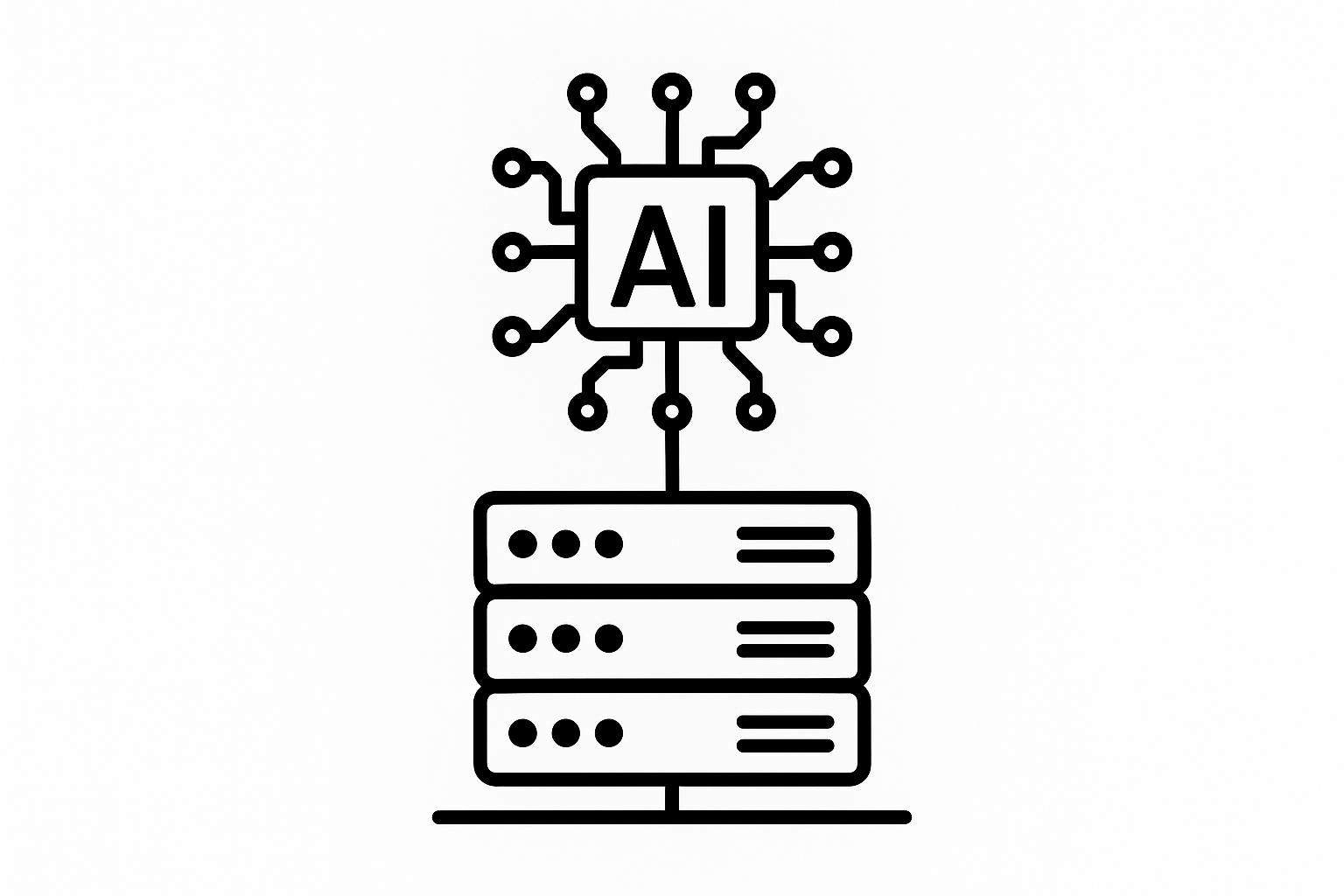Artificial intelligence is rapidly consuming energy across data centers worldwide. Analysis by Alex de Vries-Gao, founder of the sustainability platform Digiconomist, estimates that by the end of 2025, AI systems could consume almost half of all data center electricity.
What’s Happening & Why This Matters
This projection echoes warnings from the International Energy Agency (IEA), which predicts that by 2030, AI could demand nearly the same amount of power as Japan currently uses. These findings underscore the urgent need to address AI’s environmental impact as its adoption accelerates.
How AI’s Energy Footprint Adds Up

De Vries-Gao’s research, soon to be published in the journal Joule, draws on power consumption data for AI chips produced by companies like Nvidia, AMD, and Broadcom. The study includes energy use for the servers running AI workloads and the cooling systems that keep data centers operational.
In 2024, global data centers consumed around 415 terawatt-hours (TWh) of electricity, excluding cryptocurrency mining. AI workloads are estimated to represent about 20% of this total now, with an anticipated jump to 49% by year’s end.
That amount, roughly 23 gigawatts (GW), is about twice the Netherlands’ entire power consumption, reflecting AI’s growing demand on the grid.
Factors Influencing Demand Growth
De Vries-Gao notes several factors might temper hardware demand, including fading interest in applications like ChatGPT and geopolitical restrictions limiting chip exports to China.
At the same time, improvements in AI model efficiency might lower costs, encouraging even more AI use. Countries pursuing “sovereign AI” to develop homegrown systems could further boost demand for data center capacity.
A recent example is the U.S. startup Crusoe Energy, which secured 4.5 GW of gas-powered energy capacity for data centers linked to OpenAI’s Stargate joint venture. These facilities raise concerns about increasing fossil fuel reliance.

OpenAI opened its first Stargate data center outside the U.S. in the United Arab Emirates in May 2025, marking a milestone for international AI infrastructure.
Transparency and Industry Challenges
Both Microsoft and Google acknowledged in 2024 that AI’s power use threatens their environmental commitments. However, data on AI’s actual energy footprint remains limited and opaque.
The European Union’s AI Act requires companies to disclose the energy cost of training AI models, but it excludes ongoing operational consumption. This gap limits public insight into the full environmental impact.
Professor Adam Sobey, mission director for sustainability at the Alan Turing Institute, calls for more precise data on AI’s energy consumption and highlights AI’s potential to reduce emissions in sectors like transport and energy.
He adds, “Even a small number of effective AI applications could compensate for the energy used upfront.”
TF Summary: What’s Next
AI’s share of global data center electricity is set to grow dramatically, pressing the tech industry and regulators to address sustainability challenges. Transparent reporting and innovative energy-saving solutions will be essential.
As AI infrastructure expands, stakeholders must balance progress with environmental responsibility to ensure a sustainable digital future.
Related Stories from TF
- Amazon Data Centers to Use Nuclear Energy for Sustainability, Consumption
- Google News: Android 15 Released and Data Center Nuclear Power
- Energy: Three Mile Island Nuclear Plant to Serve AI Data Centers
- Dismantled US Nuclear Warheads Are Powering Next-Gen Nuclear Reactors
- Retired Power Plants Find New Purpose as Data Centers
- Germany Focused on Safe, Clean Energy Future
— Text-to-Speech (TTS) provided by gspeech


